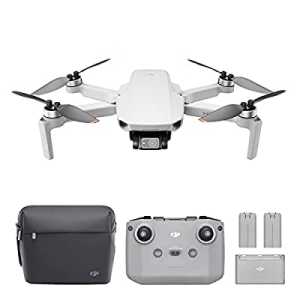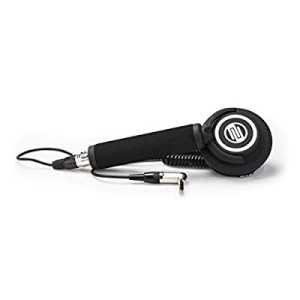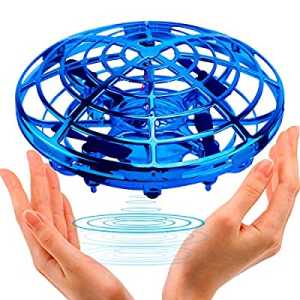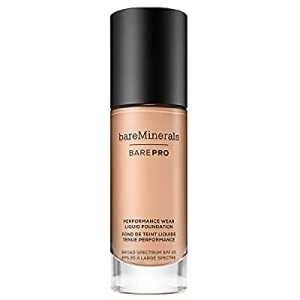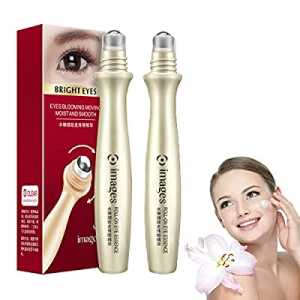
LASIK Recovery: Tips For A Smooth Healing Process

Introduction
Undergoing LASIK eye surgery is an exciting step for those looking to improve their vision. While the procedure itself is typically quick and straightforward, the recovery period is essential to ensure the best possible results. Proper care and adherence to post-operative instructions can make a big difference in the healing process. In this blog, we’ll explore effective tips for a smooth LASIK recovery, helping you achieve optimal vision results with minimal discomfort.
1. Follow Your Eye Specialist’s Instructions
After your LASIK procedure, your eye specialist will provide a detailed list of post-operative care instructions. These may include guidelines on using eye drops, protecting your eyes, and avoiding certain activities. Following these instructions is crucial for a successful recovery.
- Use Prescribed Eye Drops: Your eye specialist will likely prescribe antibiotic and anti-inflammatory eye drops to prevent infection and reduce inflammation. Make sure to use these as directed, as they play a key role in healing.
- Schedule Follow-Up Appointments: Regular check-ups are necessary to monitor your healing progress. Your eye specialist can identify any potential issues early, ensuring your eyes recover smoothly.
Adhering to your specialist’s advice can help prevent complications and promote faster recovery.
2. Prioritize Rest During the Initial Days
In the first 24 to 48 hours after LASIK, rest is essential. Although LASIK is a minimally invasive procedure, your eyes need time to heal.
- Avoid Screen Time: Staring at screens (phones, computers, TVs) can strain your eyes and increase dryness. Avoid screens as much as possible during the initial recovery period.
- Take Frequent Naps: Sleeping or simply resting with your eyes closed can aid healing and alleviate discomfort. If you find it challenging to sleep during the day, try relaxing in a dark, quiet room.
- Wear Eye Shields at Night: Your eye specialist may provide protective shields to wear while sleeping to prevent accidental rubbing or bumping of the eyes.
Proper rest will help you feel comfortable and assist in a smooth recovery process.
3. Protect Your Eyes from Irritants
After LASIK, your eyes may be more sensitive to irritants, so it’s essential to protect them from potential irritants.
- Avoid Dusty or Smoky Environments: Smoke, dust, and strong fumes can irritate your eyes and interfere with healing. Try to stay indoors or in clean, controlled environments during the first week.
- Skip Eye Makeup for a Few Days: Eye makeup, especially products like mascara or eyeliner, can introduce bacteria and increase the risk of infection. Wait at least a week or until your eye specialist clears you before resuming makeup use around the eyes.
- Wear Sunglasses Outdoors: Your eyes may be sensitive to light after LASIK. Sunglasses protect your eyes from bright light and UV rays, reducing discomfort and promoting healing.
Protecting your eyes from irritants helps prevent complications and supports faster recovery.
4. Keep Your Eyes Moisturized
Dry eyes are a common side effect of LASIK surgery, especially during the recovery phase. Your eye specialist will likely recommend lubricating eye drops to keep your eyes comfortable.
- Use Artificial Tears Regularly: Keep lubricating eye drops on hand and use them as recommended by your specialist. Preservative-free drops are often preferred, as they are gentler on healing eyes.
- Avoid Air Conditioning and Fans: Air conditioning and fans can increase eye dryness. Avoid direct air flow on your face, as this can exacerbate dryness.
- Stay Hydrated: Drinking plenty of water helps keep your eyes and body hydrated, which can reduce dryness and discomfort.
By keeping your eyes moisturized, you can reduce dryness and improve comfort during recovery.
5. Avoid Rubbing Your Eyes
It’s natural to want to rub your eyes when they feel itchy or dry, but this can interfere with the healing process after LASIK.
- Resist the Urge to Rub: Rubbing can dislodge the corneal flap created during LASIK, which may lead to complications and prolong recovery. If you feel discomfort, use artificial tears instead of rubbing.
- Keep Your Hands Clean: In case you accidentally touch your eyes, it’s best to have clean hands. Wash your hands frequently to minimize the risk of infection.
Avoiding eye rubbing is a simple yet vital step in ensuring a smooth LASIK recovery.
6. Resume Activities Gradually
While LASIK has a relatively short recovery time, it’s essential to ease back into activities gradually to avoid straining your eyes.
- Exercise Caution with Physical Activities: Avoid strenuous exercises, swimming, or activities where sweat or water could enter your eyes for at least a week or as advised by your eye specialist.
- Delay High-Impact Activities: High-impact sports or activities should be avoided until your eye specialist confirms it’s safe. These activities can pose a risk to the healing eyes.
- Avoid Water Exposure: Pools, hot tubs, and saunas contain bacteria that could lead to infection. Avoid water-related activities until your specialist gives you the green light.
Gradually resuming activities ensures that your eyes have ample time to heal and adjust to the changes.
7. Monitor Your Vision and Report Concerns
While most people notice significant vision improvements within the first few days after LASIK, it’s essential to monitor any changes in your vision and report concerns promptly.
- Watch for Symptoms: If you experience any sudden changes in vision, increased pain, redness, or discharge, contact your eye specialist immediately. These symptoms could indicate an infection or other complications.
- Understand Normal Recovery Symptoms: It’s normal to experience mild discomfort, dryness, and sensitivity to light during recovery. However, these symptoms should gradually improve. Regular check-ups with your eye specialist will also help you stay informed about your healing progress.
Staying proactive and vigilant about your eye health helps ensure a safe recovery and the best visual outcome.
8. Practice Long-Term Eye Care
LASIK may provide clearer vision, but maintaining good eye care practices is essential to support long-term eye health.
- Schedule Regular Eye Exams: Even if you have 20/20 vision after LASIK, regular eye exams are crucial for monitoring eye health. An eye specialist can detect early signs of other eye conditions, ensuring that your vision stays clear over time.
- Use Sunglasses and UV Protection: Protecting your eyes from UV rays remains essential, even post-LASIK. Sunglasses with UV protection help prevent damage to the eyes.
- Avoid Excessive Screen Time: Digital screens can strain your eyes and may contribute to dryness. Take frequent breaks when using screens, following the 20-20-20 rule: every 20 minutes, look at something 20 feet away for 20 seconds.
A commitment to long-term eye care will help you protect and enjoy your improved vision for years to come.
Recovering from LASIK surgery is a crucial step toward achieving clear vision, and with proper care, the healing process can be smooth and efficient. For those considering affordable LASIK surgery in Chinchwad, it's essential to follow post-operative guidelines provided by your surgeon. Avoid rubbing your eyes, use prescribed eye drops to prevent dryness, and limit screen time during the initial recovery period.
Conclusion
LASIK recovery is generally quick and smooth, but it’s crucial to take specific steps to support your healing process. By following your eye specialist’s guidance, protecting your eyes from irritants, avoiding eye rubbing, and monitoring your symptoms, you can enjoy a safe recovery and maximize the results of your LASIK procedure. With the proper care, you’ll be on your way to clear vision and a life free from glasses or contact lenses.
Author Bio
Article Comments
No Comments!
At present there are zero comments on this article.
Why not be the first to make a comment?
Similar Articles
Search Pages
Upgrade User Account
account to full use of editor,
including hyperlinks
Article Categories
There are zero sub-categories in this parent category.
There are zero sub-categories in this parent category.

